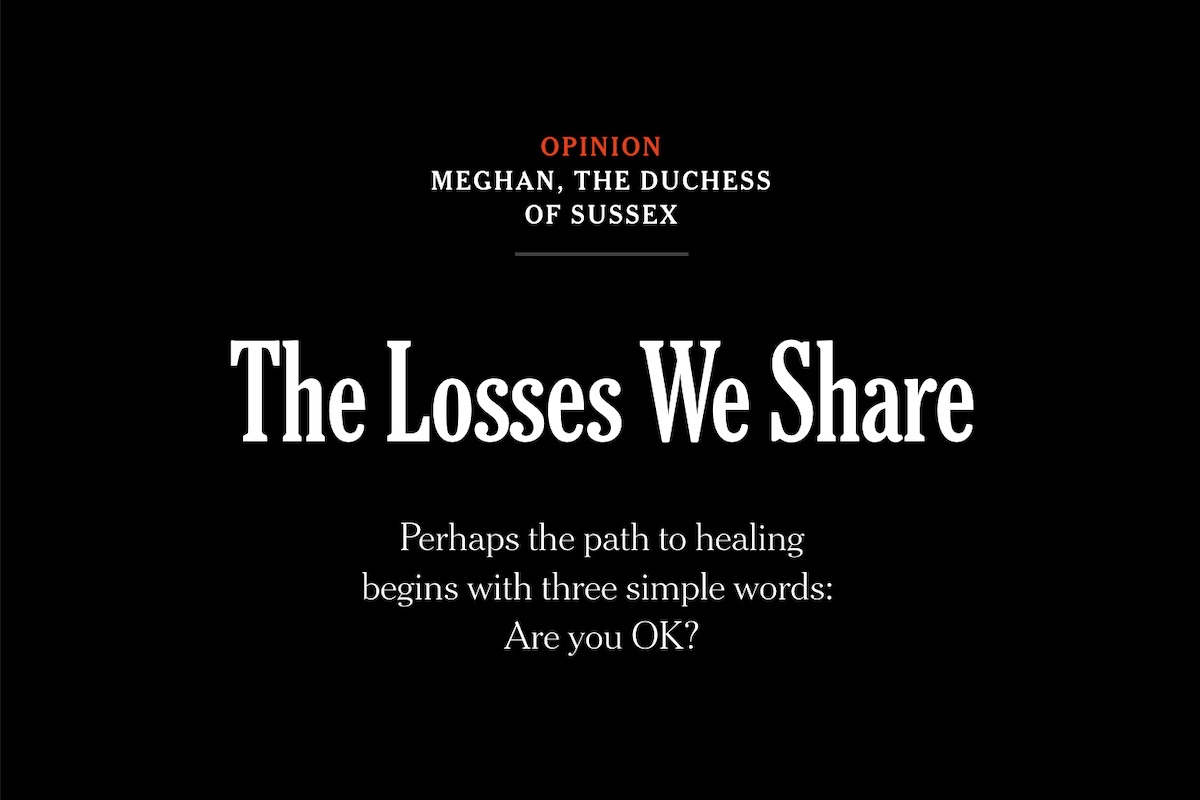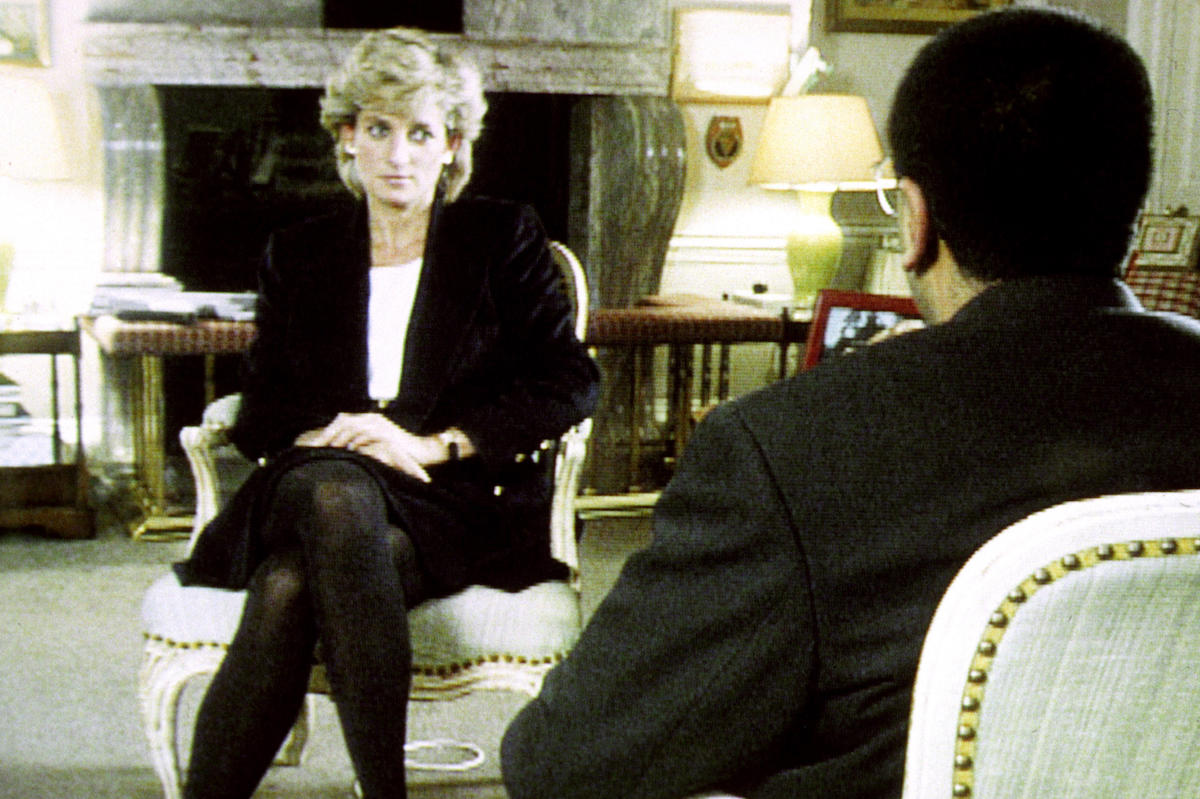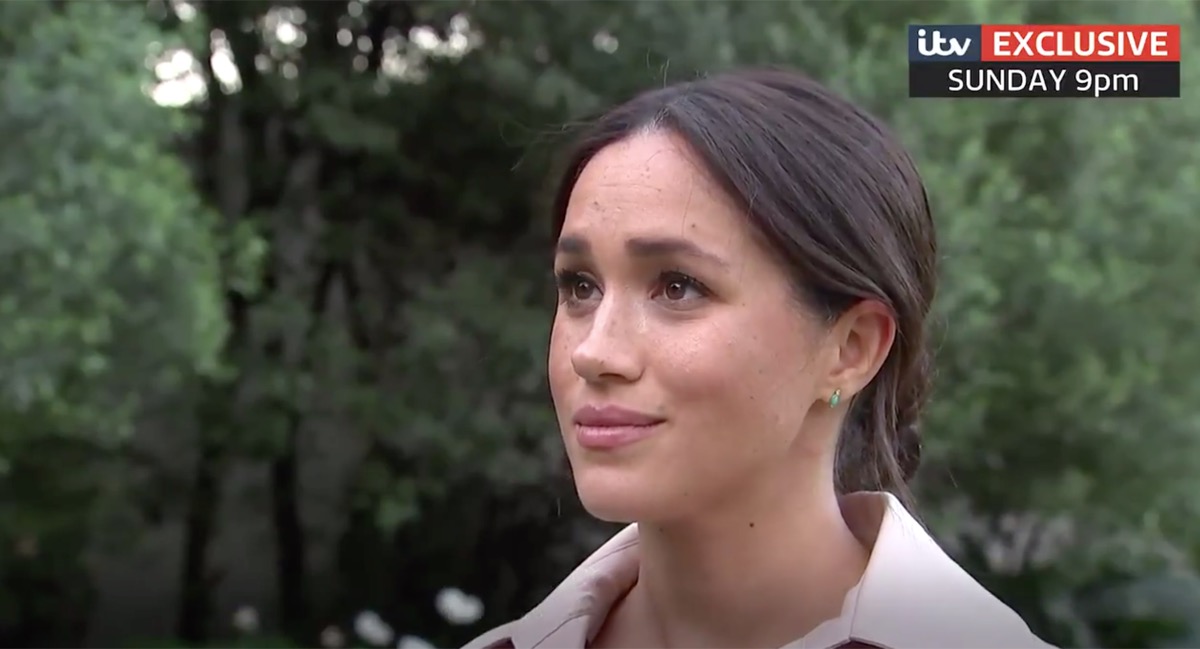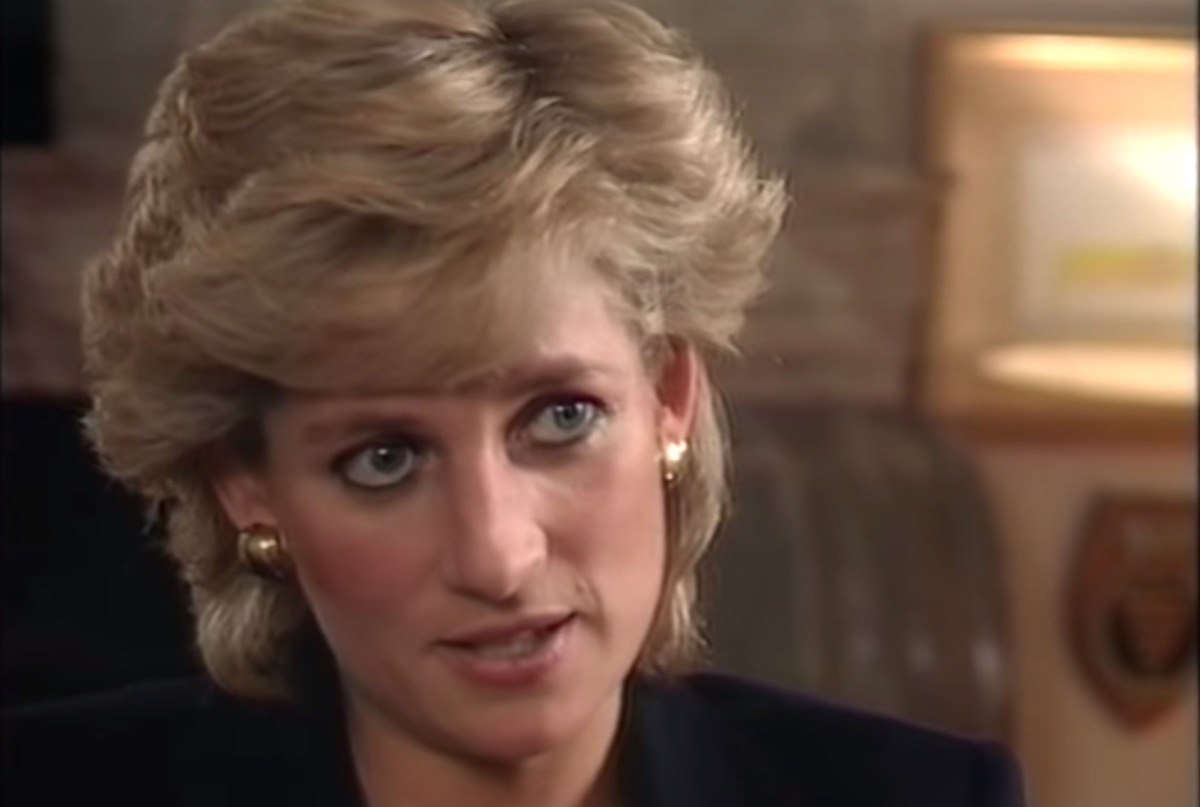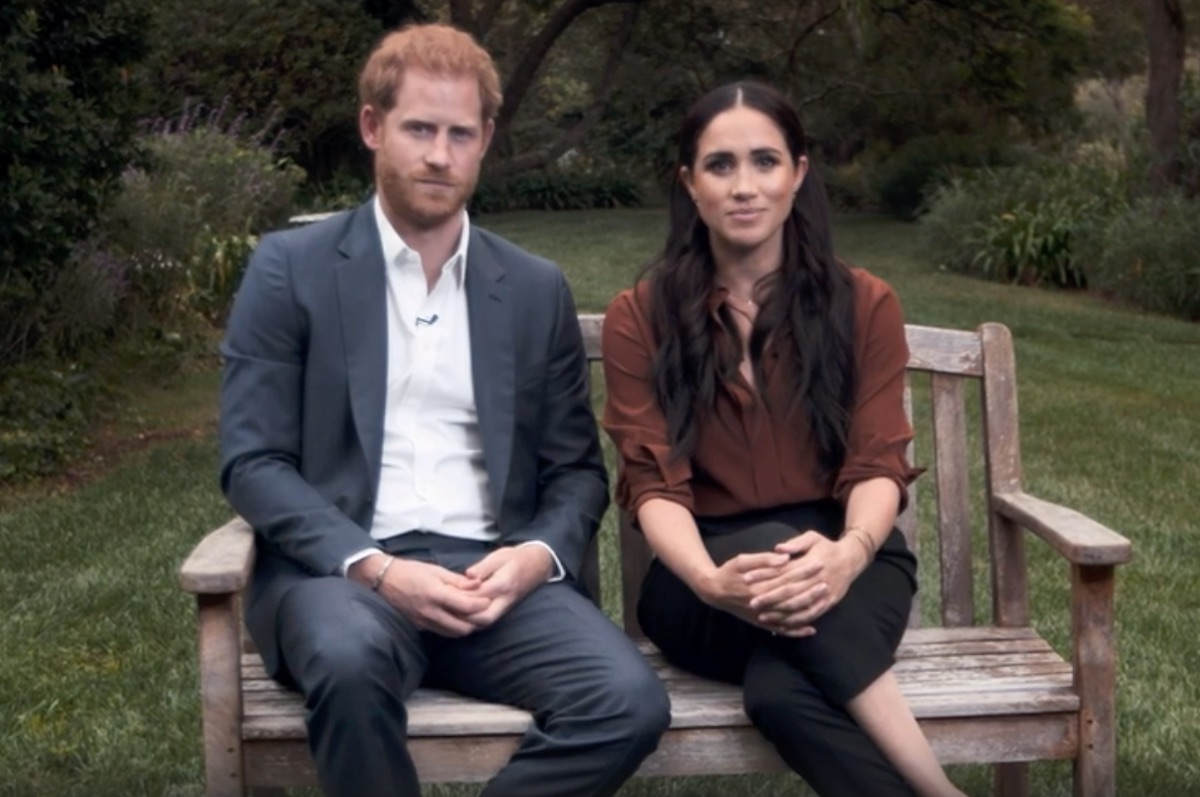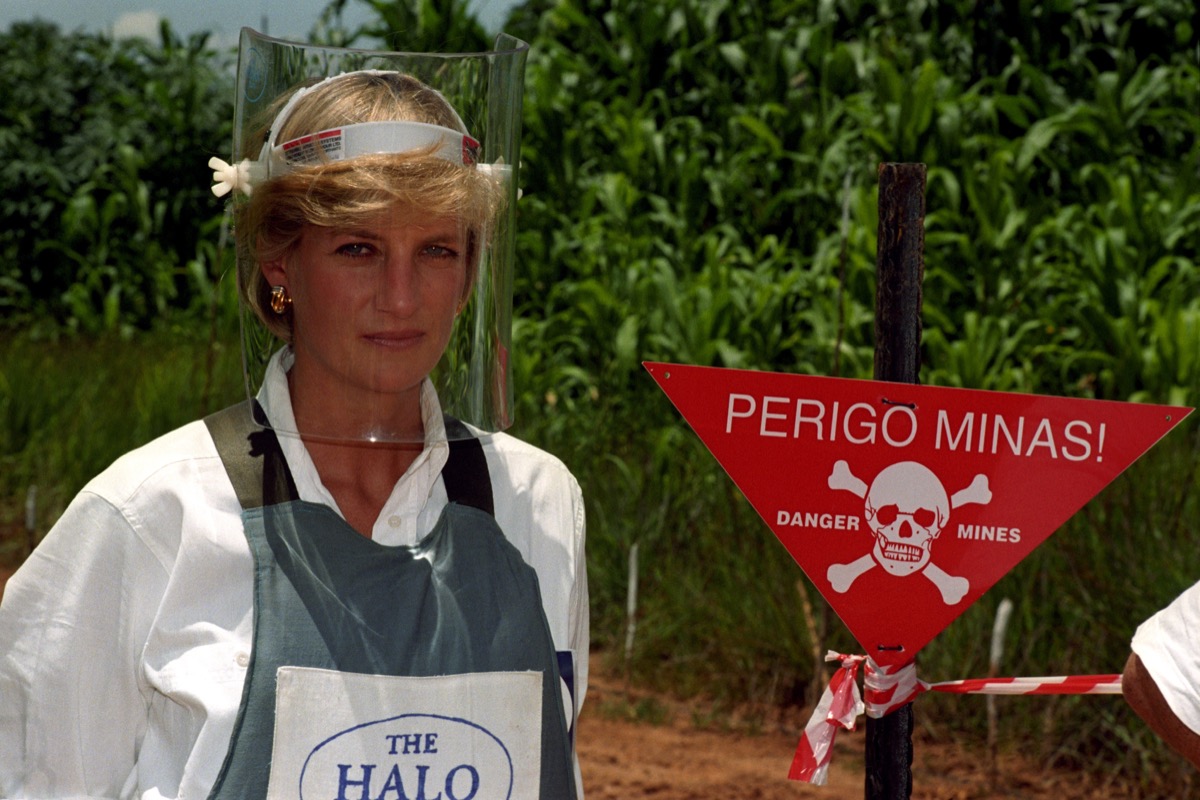When Meghan Markle married Prince Harry in 2018, it quickly became clear the duchess was going to follow in her late mother-in-law’s footsteps. A feminist from an early age, Meghan has always been outspoken. Prior to joining The Firm, Meghan used her hard-won celebrity as a successful television actor to advocate for women and girls. But when she stepped into royal life, she found it difficult for many of the same reasons Diana did. The duchess was up against formidable forces within the Palace who did not approve of her “hit the ground running” way of doing things, nor were they interested in finding ways for her to use the voice she’d powerfully cultivated over the years. As we now know, Meghan, like Diana before her, struggled with living in the royal fishbowl. Less than two years after her wedding, she stepped away from royal life and returned to her home state of California with Harry and their son, Archie Mountbatten-Windsor. In the States, she has been very vocal on a number of social issues and recently wrote a candid essay about having a miscarriage—something that would have been unthinkable if she were still a senior royal. Diana and Meghan are very different women: one came into the royal family a naive teenager, the other a self-made millionaire. But, by the power of their personalities and sheer force of will, both helped modernize and humanize the royals to the world. These are some of the strikingly similar ways Meghan Markle and the late Princess Diana changed the royals forever. And for more on the princess and the duchess’s connection, check out Meghan Markle’s Gold Cartier Watch Once Belonged to Princess Diana. Read the original article on Best Life. In November, Meghan penned a heartbreaking essay for The New York Times where she revealed she had a miscarriage in July of this year. “I dropped to the floor with [Archie] in my arms, humming a lullaby to keep us both calm, the cheerful tune a stark contrast to my sense that something was not right,” she wrote in the piece. “I knew, as I clutched my firstborn child, that I was losing my second.” The duchess also pointed out that “the conversation [about miscarriages] remains taboo, riddled with (unwarranted) shame.” As a result, Meghan was widely praised on social media for helping destigmatize the issue. And for another celebrity doing the same, check out Chrissy Teigen Just Explained Why She Shared Photos of the Son She Lost. Twenty-five years ago, Diana made headlines around the world with her 1995 Panorama interview with the BBC’s Martin Bashir where she revealed just how miserable she’d been during her marriage to Prince Charles and referred to his affair with Camilla Parker-Bowles, saying, “There were three of us in this marriage, so it was a bit crowded.” That comment, along with other personal revelations and her thoughts on Charles’ suitability to be king, was part of what led Queen Elizabeth to insist the couple divorce. And for more on what Her Majesty has to say on the topic, check out The Queen Thinks Prince Charles Will Be a “Brilliant King,” Insider Says. In her essay for The New York Times, Meghan also opened up about her own famous interview in Oct. 2019 with ITV’s Tom Bradby, who had accompanied Meghan and Harry on their official royal tour of Africa. The duchess, who had given birth just months earlier, made headlines when she thanked Bradby for inquiring about her state of mind saying, near tears, “Not many people have asked if I’m OK. … It’s a very real thing to be going through behind the scenes.” Meghan stunned viewers when she added, “I really tried to adopt this British sensibility of a ‘stiff upper lip’—I really tried, but I think that what that does internally is probably really damaging.” She also shared what she had said to Harry about life under the microscope. “I’ve said for a long time to H—that’s what I call him—it is not enough to just survive something, right? That’s not the point of life,” she told Bradby. “You’ve got to thrive; you’ve got to feel happy.” Her very un-royal disclosures revealed that despite her new worldwide fame, she was also just a newlywed and new mother trying to stay strong in the face of incredible pressure. And for more on how she’s doing now, check out The Powerful Messages Behind Meghan Markle’s Post-Royal Wardrobe. Similarly, after fighting persistent rumors spread by Palace courtiers that she was unstable and unwell, Diana took the unprecedented step of speaking out on her own behalf when no one else would in her Panorama interview. She garnered worldwide support for her openness in discussing her struggles with bulimia and postpartum depression. The controversial interview recently made headlines again when it was revealed that Diana’s brother, Charles Spencer, has demanded an independent inquiry into how Bashir obtained the interview. There have been allegations he used fake documents and false claims to persuade Diana to talk to him. According to The Guardian, Bashir was cleared of wrongdoing after a 1996 internal investigation, but it has since been alleged that the reporter had ordered a BBC graphic designer to mock up fake bank statements, made to convince Diana that the people closest to her were spying on her and selling stories to newspapers. Spencer is pursuing the matter through his attorneys. And for more of Spencer’s thoughts about Diana’s most recent portrayals, check out Princess Diana’s Friends and Fans Say “The Crown” Is Hard to Watch. Almost immediately after Meghan settled into her new home in California with Harry and their son, she took on a full slate of appearances advocating for women. She appeared via Zoom at various conferences with other noted women leaders, including Michelle Obama. But it was her role in encouraging all Americans to vote in the 2020 presidential election that was perceived as breaking royal protocol and quite controversial for a member of the royal family.ae0fcc31ae342fd3a1346ebb1f342fcb First, in August, Meghan appeared in a video in conversation with feminist icon Gloria Steinem discussing the importance of voting. It was revealed the women had gotten together to make cold calls to citizens from Steinem’s California home. Then, in September, Meghan and Harry came under fire for appearing in a Time 100 video where they encouraged Americans to vote. Without mentioning a specific candidate, Harry—who said, “I’ve never been able to vote in the U.K. my entire life”—urged voters to “reject hate speech, misinformation, and online negativity,” while Meghan called the 2020 presidential race the “most important election of our lifetime.” Given Meghan’s previously expressed feelings for President Donald Trump and Harry’s personal friendship with Joe Biden, their words were construed as an endorsement for the eventual president-elect. Reaction was strong and swift. Meghan and Harry were criticized in the U.K. for their alleged break of protocol. They touched off a torrent of editorials in Britain for going against the longstanding practice upheld by the Queen that she and her family remain politically neutral at all times. And for more on this topic, read up on Why the Royal Family May Not Stay Politically Neutral in the Future. Diana was also the target of stinging rebukes for venturing into non-royal territory in Jan. 1997, when she joined the Red Cross on a trip to Angola to draw attention to the use of landmines. By making an appeal for an international ban on landlines, she sparked criticism from U.K. lawmakers, who called her a “loose cannon” and said she was out of line. When asked about the derogatory comment, the princess told a journalist, “I was only trying to highlight a problem going on all around the world.” She later added, “I am not a political figure; I am a humanitarian figure—always was, always will be.” Diana was accused of going against government policy on the issue, seeing as landmines had not yet been banned in the U.K. While visiting the war-torn Huambo province in central Angola, Diana harnessed her star power to draw attention to the issue with a walk across a minefield, making headlines around the world. (She also visited landmine victims in Bosnia shortly before her death.) Just after Diana’s visit to Angola, the Ottawa Mine Ban Treaty was signed, calling for a worldwide ban. Lou McGrath, the founder of an anti-landmine campaign group, said Princess Diana’s support provided a “turning point” in the global effort to ban the devices. “Without her we couldn’t have brought forward what was the fastest arms control treaty in the world,” he said. And for more on the People’s Princess’ lasting impact, here are 13 Amazing Ways Princess Diana Changed the Royal Family Forever. Diane Clehane is a New York-based journalist and author of Imagining Diana and Diana: The Secrets of Her Style.
